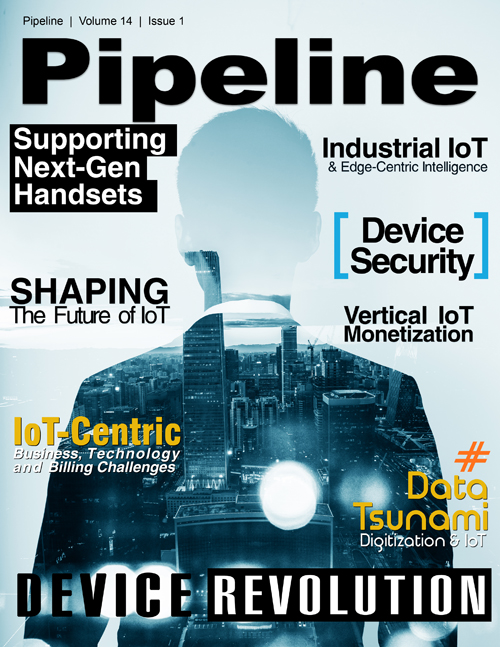Industrial IoT Demands 'Platforms' and Intelligence at 'the Edge'
By opening up edge computing infrastructure to third parties like Web-native companies and application developers, operators will be able to generate new revenue streams through as-a-service offerings they make available in the cloud.
As this happens, “there will be a need for intelligent communication between the edge and the cloud to balance the forces of memory and processing in relation to time for decision making, according to John Crupi, vice president and engineering system architect at Greenwave Systems. “When a manufacturer, for example, wants real-time pattern recognition to reveal when industrial parts are exhibiting potential failures, there is a great advantage to having analytics at the edge.” He notes this is particularly true when doing AI learning or training deep-learning networks. “In those instances, you might have thousands of images coming in from cameras and sensors for pattern matches that you have to do in real time. By doing this at the edge, you enable a progression of raw data to analytics processing to pattern processing to AI processing. The cloud then becomes a support infrastructure rather than the source of where all the analytics is done, which makes things much faster and efficient.”
This is the ideal for use cases that require high service uptime and low-latency communications, regardless of where the end user is located, such as fast augmented reality (AR) and virtual reality (VR) tactile Internet applications, vehicle-to-vehicle communications, and mobile HD video.
Formal specifications for edge technology are emerging from theEuropean Telecommunications Standards Institute (ETSI), and proofs-of concepts are starting, as with the HPE and Intel collaboration for service agility with 5G-ready telco edge.
In these standards and POCs, multi-access edge computing (MEC) is becoming a focal point for putting intelligence at the edge of the network through virtualized core systems, network access control, virtualization of the customer edge, and data center optimization, among other capabilities.
By bringing content and applications to data centers in the RAN, MEC is expected to help operators branch into services not ideal for cloud-hosted environments, as with those requiring intelligence in remote and less-than-optimal environments. After all, achieving true IoT means “everything” connects “everywhere,” not just in densely populated areas replete with all the technologies necessary to make things work.
Other enabling technologies important to industrial IoT will be macro and small cell base stations — ideal for places where operators need to improve network efficiency, and management and monitoring capabilities — and ubiquitous fixed wireless access (FWA) in 5G and other generations of wireless and mobile technologies coming our way.
As IoT is increasingly distributed across edge and cloud, the technological advances in MEC, small cells and fixed wireless communications will come together with advances in AI and machine learning, containers, microservices, and blockchains to bring decision making capabilities to the network’s edge.
These advances will open a world of use cases and opportunities for CSPs in many areas affecting industrial IoT, such as autonomous driving, connected homes, smart cities, VR and AR, and drones. Facilities-based service providers that own the access network will be particularly well positioned, as they will leverage their network infrastructures to provide what others cannot: carrier-grade performance, scale, and rich stores of customer data. These are coveted capabilities for enterprises seeking managed services, wide-area IoT solutions and applications at low cost and with fast time to market.
It will be incumbent on CSPs to work toward platform-centric approaches either alone or with partners to help integrate the edge and platforms into the enterprise, and to automate IoT operations in order to monetize what enterprise customers need in terms of IoT-specific analytics, app development and deployment, IoT management and anything that helps them digitize the industrial space and drive supply-chain optimization.



















